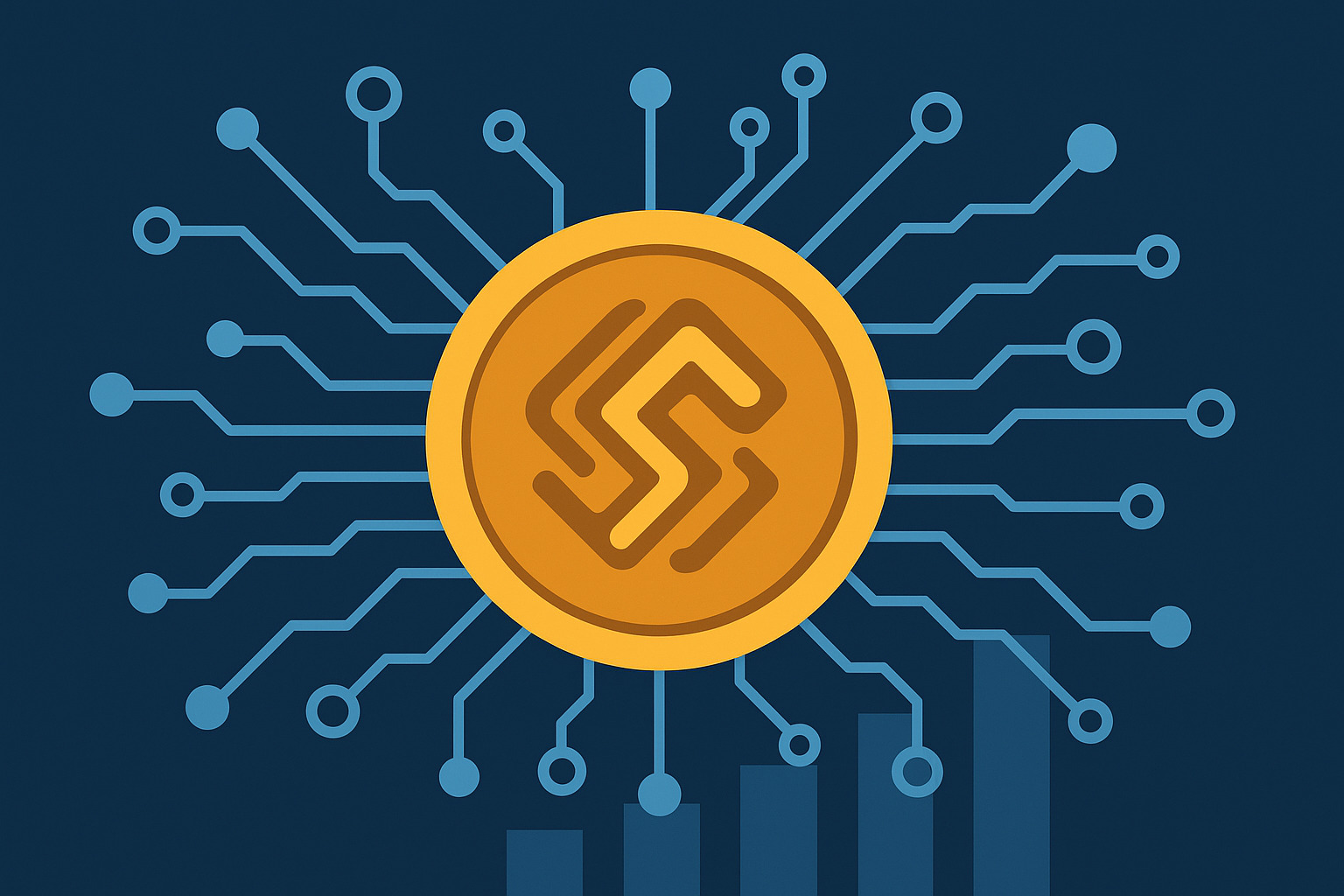
SmartChain (SCC) began as a modest blockchain project aiming to merge efficiency with accessibility. Over time, it transformed from an experimental network into a recognized infrastructure supporting decentralized applications and digital asset transactions. Its journey reflects a series of strategic upgrades, community-driven governance, and calculated adoption initiatives that shaped its trajectory.
Early Foundations
SCC launched with a vision to solve the congestion and high fees plaguing early blockchain systems. The developers adopted a hybrid consensus mechanism that blended Proof of Stake with delegated validation, striking a balance between speed and decentralization. The initial codebase borrowed elements from established protocols but introduced unique optimizations for block propagation and smart contract execution.
During its first year, the network focused on core stability. The development team issued frequent updates to patch vulnerabilities, improve node synchronization, and support more programming languages for contract deployment. This phase built the trust necessary to attract early adopters and developers.
Expansion and Ecosystem Growth
As transaction volumes increased, SCC introduced sharding to boost throughput. This structural change allowed parallel processing of transactions, reducing bottlenecks and enabling the network to scale without sacrificing security. The update also encouraged a surge in decentralized finance projects, as SCC’s low latency and predictable fees appealed to new entrepreneurs.
Key partnerships emerged during this period. Exchanges integrated SCC tokens, liquidity pools expanded, and cross-chain bridges allowed assets to move seamlessly between SCC and other blockchains. This interoperability positioned SCC as a flexible choice for developers seeking to build applications that could reach wider audiences.
Governance Evolution
From the outset, SCC emphasized community involvement. Initially, proposals for protocol changes came exclusively from the core development team. Over time, this evolved into a decentralized governance model. Token holders gained the ability to submit improvement proposals, vote on network upgrades, and allocate treasury funds to ecosystem grants.
This shift to participatory governance fostered a sense of ownership among users. It also accelerated innovation, as new ideas emerged from a broader contributor base. The governance model ensured that network direction aligned with community priorities rather than the interests of a single controlling entity.
Technological Milestones
SCC’s progress is marked by several major technical achievements:
- Sharding implementation for scalable transaction processing
- Cross-chain bridge deployment enabling interoperability
- Layer-2 rollups for microtransactions and off-chain computation
- Advanced security modules for smart contract auditing and real-time threat detection
Each milestone not only expanded capabilities but also attracted new categories of users. The Layer-2 system, for example, facilitated applications like gaming and micropayment platforms that required rapid, low-cost interactions.
Market Position and Adoption
Over the years, SCC gained recognition among institutional partners and retail users alike. Stable transaction fees and predictable performance appealed to enterprises exploring blockchain solutions. Meanwhile, the developer-friendly environment, comprehensive SDKs, and rich documentation encouraged startups to launch products within the SCC ecosystem.
Global adoption was reinforced by educational initiatives. Workshops, hackathons, and online resources lowered the barrier to entry, allowing more developers to contribute to SCC-based applications. This outreach expanded the community beyond the early crypto-savvy crowd.
Challenges Faced
SCC’s growth was not without obstacles. The network encountered scalability debates, with some critics arguing that sharding might compromise security. Regulatory pressures in certain jurisdictions forced SCC-related businesses to adjust operations. Market volatility also tested the resilience of the community and its funding mechanisms.
Addressing these challenges required transparency and adaptability. SCC’s open governance allowed stakeholders to respond quickly to policy changes, security threats, and technological demands.
Current Trajectory
Today, SCC stands as a multifaceted platform supporting a wide spectrum of decentralized applications. Its roadmap focuses on four main priorities:
- Expanding interoperability with emerging blockchain standards
- Optimizing Layer-2 solutions to handle high-frequency applications
- Strengthening decentralized identity frameworks to improve user control
- Advancing sustainable consensus models to minimize environmental impact
These priorities aim to keep SCC relevant in a rapidly advancing blockchain environment.
Looking Ahead
The next phase of SCC’s journey will likely involve deeper integration with real-world infrastructure. Partnerships with industries such as supply chain management, healthcare, and digital identity services could push adoption beyond the crypto-native audience. The governance framework will continue to adapt, ensuring that community voices guide both technological upgrades and policy responses.
SCC’s history illustrates a consistent commitment to solving practical problems in blockchain adoption. Through strategic innovation, open governance, and ecosystem growth, it has positioned itself not only as a technological platform but also as a community-driven movement with a clear vision for the future.




